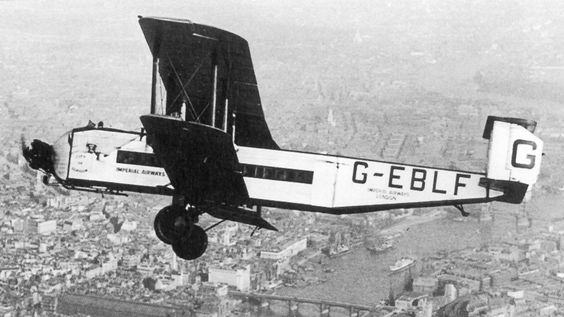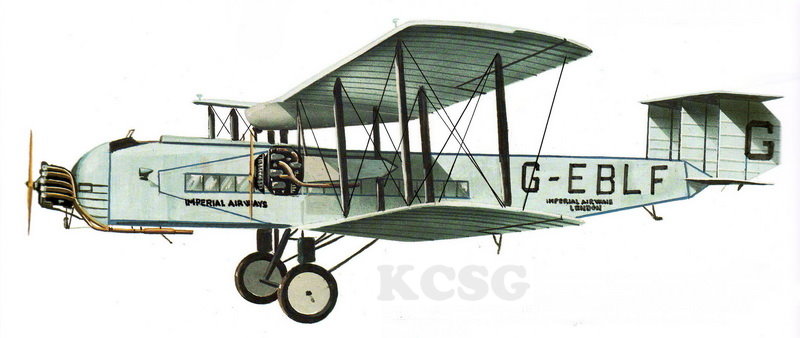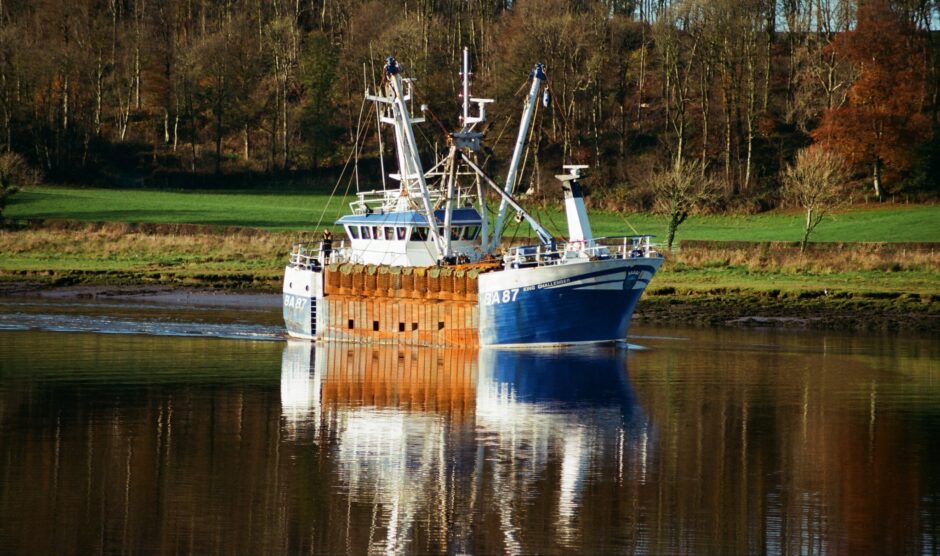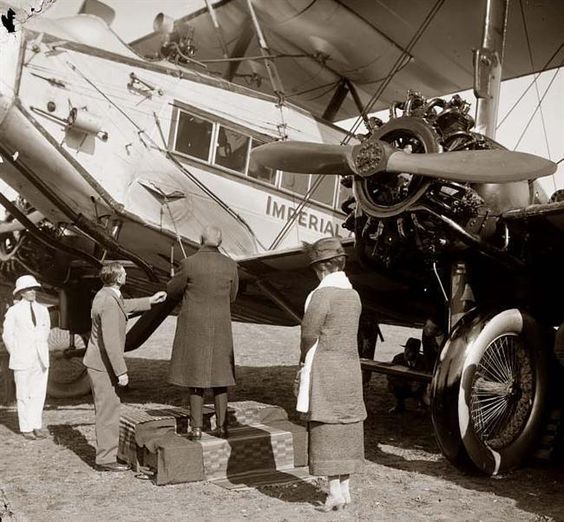
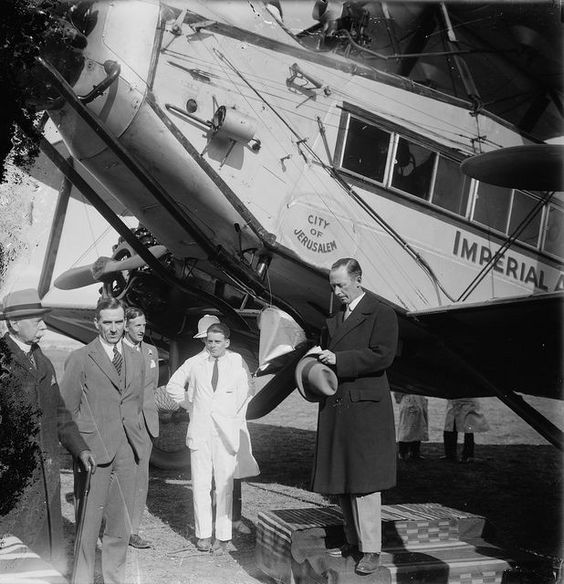
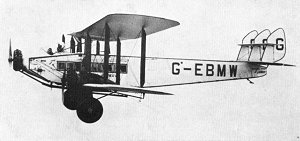
I found the two upper pictures while browsing through the pages of that curious web site called “Pinterest”. There are many aircraft photos there, but often taken to show the complete aircraft in flight or on the ground. Photos of the aircraft in detail are less common. I am no expert on 1920s and 1930s aeroplanes, but a bit of research suggests that this aircraft is one of the De Havilland DH 66, known as the “Hercules” – “a British 1920s seven-passenger, trimotor airliner built by de Havilland Aircraft Company.” It would be interesting to know where these photos were taken, and who the people taking part are. One would assume that the gentleman unveiling the name might be some notability of the time with possibly his wife looking on.
The port engine is well shown, a Bristol Jupiter, 9 cylinder, 420 HP.
This aircraft came to a sad end it appears – Wikipedia – “With the fatal loss of the City of Jerusalem in September 1929 . . .”, but no further details.
On the side of the aircraft just below the cockpit is a venturi. These were used to drive air-driven instruments such as direction indicators, turn and slip indicators, and artificial horizons, but I’m not sure that aircraft of this period were yet equipped with the latter. Below that there is a larger cylindrical object which could be a wind driven generator, but otherwise its purpose is unknown to me.
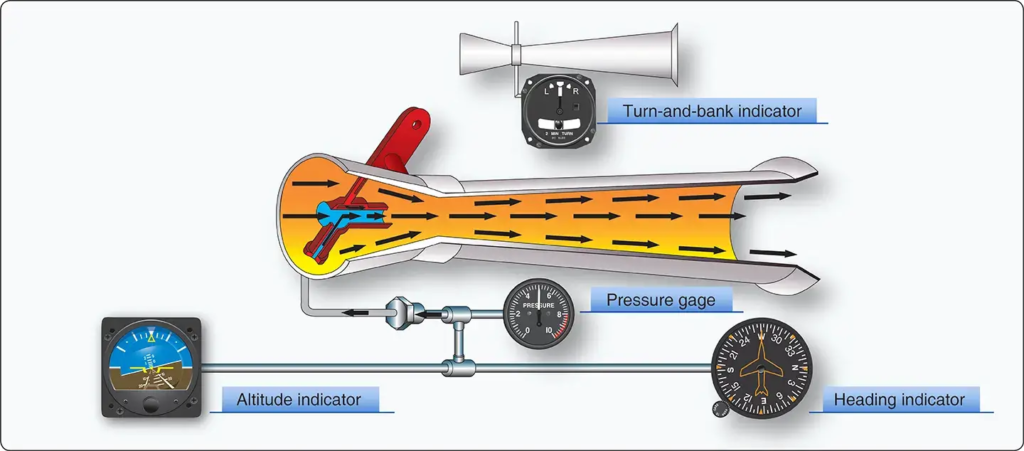
There seem to be quite a few cable control runs decorating the fuselage side which surprises me, as by this time one would have thought that considerations of icing and drag would have made manufacturers put them inside the fuselage out of harms way. However, given that the prototype first flew on 30th September 1926 the design philosophy would date from the era beforehand and might well have included “if it ain’t broke, don’t fix it”.
The top photo also shows the port main landing wheel and its wonderful spoked construction.
The DH66 at first glance is easily confused (by me, at any rate) with the Armstrong Whitworth “Argosy”, but the latter has, I think, a longer nose in front of the wing, and a biplane style tailplane which the DH66 doesn’t.
